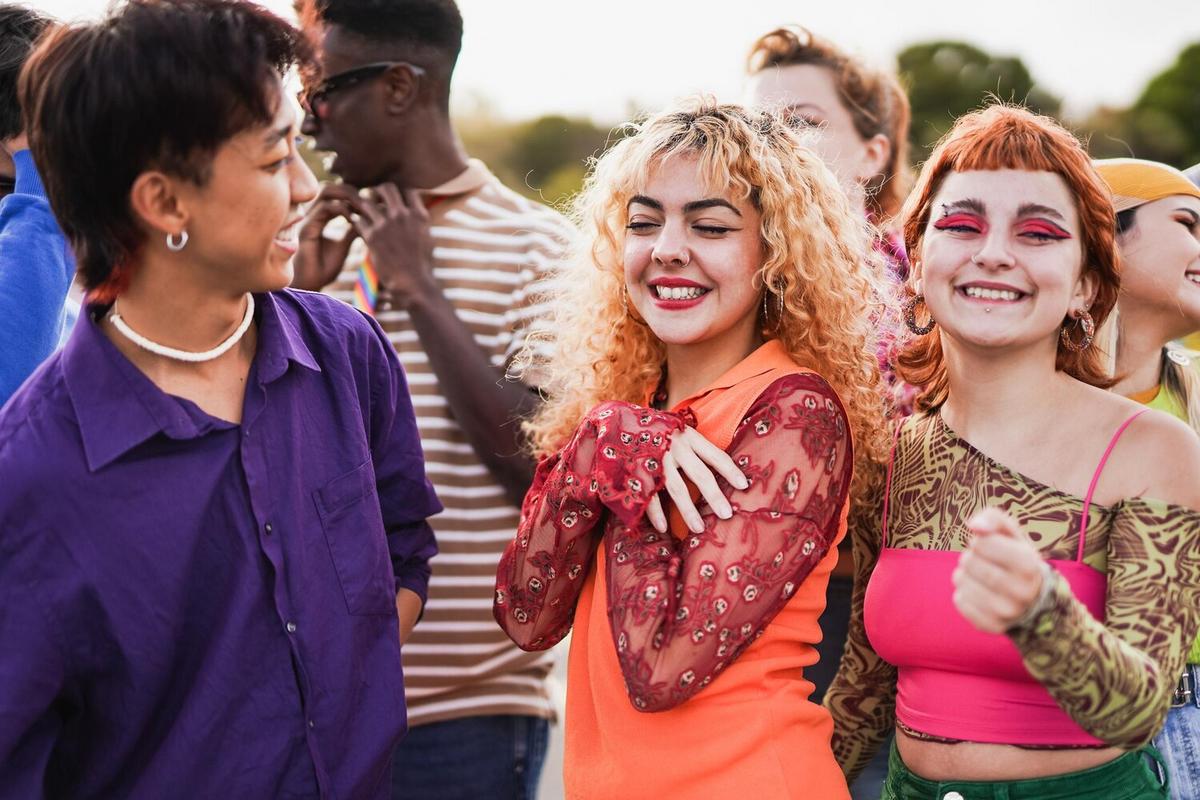
Experience the Richness of Global Festivals
Festivals are vibrant threads in the cultural tapestry of our world, offering a glimpse into the diverse customs and traditions that define communities globally.
Exploring global festivals is akin to embarking on a cultural odyssey, where each celebration tells a story of history, values, and communal identity. Festivals around the world not only highlight the joy and resilience of communities but also serve as a bridge connecting diverse cultures.
The Cultural Significance of Global Festivals
Festivals are more than just colorful parades and delicious foods; they are a reflection of the values and beliefs of a culture. According to Dr. Emily Teague, an anthropologist specializing in cultural studies, “Festivals are a vital expression of cultural heritage, allowing communities to preserve and pass down traditions across generations.”
Diversified Celebrations Across Continents
Consider the diversity of festivals like the Lunar New Year in Asia, Diwali in India, and the Carnival in Brazil. Each festival carries unique traditions, yet they all emphasize themes of renewal, community, and celebration.
| Festival | Location | Key Features | Time of Year |
|---|---|---|---|
| Lunar New Year | China and other Asian countries | Fireworks, dragon dances | January/February |
| Diwali | India | Light displays, sweets | October/November |
| Carnival | Brazil | Parades, samba music | February/March |
| Oktoberfest | Germany | Beer, traditional music | September/October |
| Holi | India | Color throwing, music | March |
| Eid al-Fitr | Worldwide | Feasting, prayers | Varies (end of Ramadan) |
| Thanksgiving | USA | Family gatherings, feasts | November |
| Obon | Japan | Lanterns, dances | August |
Personal Experiences
Attending a festival can be a transformative experience. For example, when I visited Spain during La Tomatina, I was overwhelmed by the sheer joy and camaraderie among participants, despite the chaotic tomato-throwing frenzy.
Tips for Experiencing Festivals
- Research: Learn about the festival’s history and customs to enrich your experience.
- Respect Local Traditions: Understand and respect the cultural norms and practices.
- Engage with Locals: Talking to locals can provide deeper insights into the festival’s significance.
Pro Tip: Always check the festival dates in advance as they can vary annually due to lunar calendars or other cultural reasons.
Frequently Asked Questions
What should I wear to a festival?
It’s best to wear comfortable clothing that aligns with the local customs. In some cultures, modest dressing might be appreciated.
How can I find festivals to attend?
Online travel forums, cultural websites, and local tourism boards are great resources for festival information.
Is it okay to take photos during festivals?
While photos are generally acceptable, always ask for permission when capturing images of people or private ceremonies.
Conclusion
Embracing the richness of global festivals offers a unique opportunity to step outside our cultural comfort zones and engage with the world’s diverse traditions. Whether you’re dancing at Carnival or savoring mooncakes during the Mid-Autumn Festival, these experiences enrich our understanding of humanity. So, why not plan a festival visit for your next cultural exploration journey?


